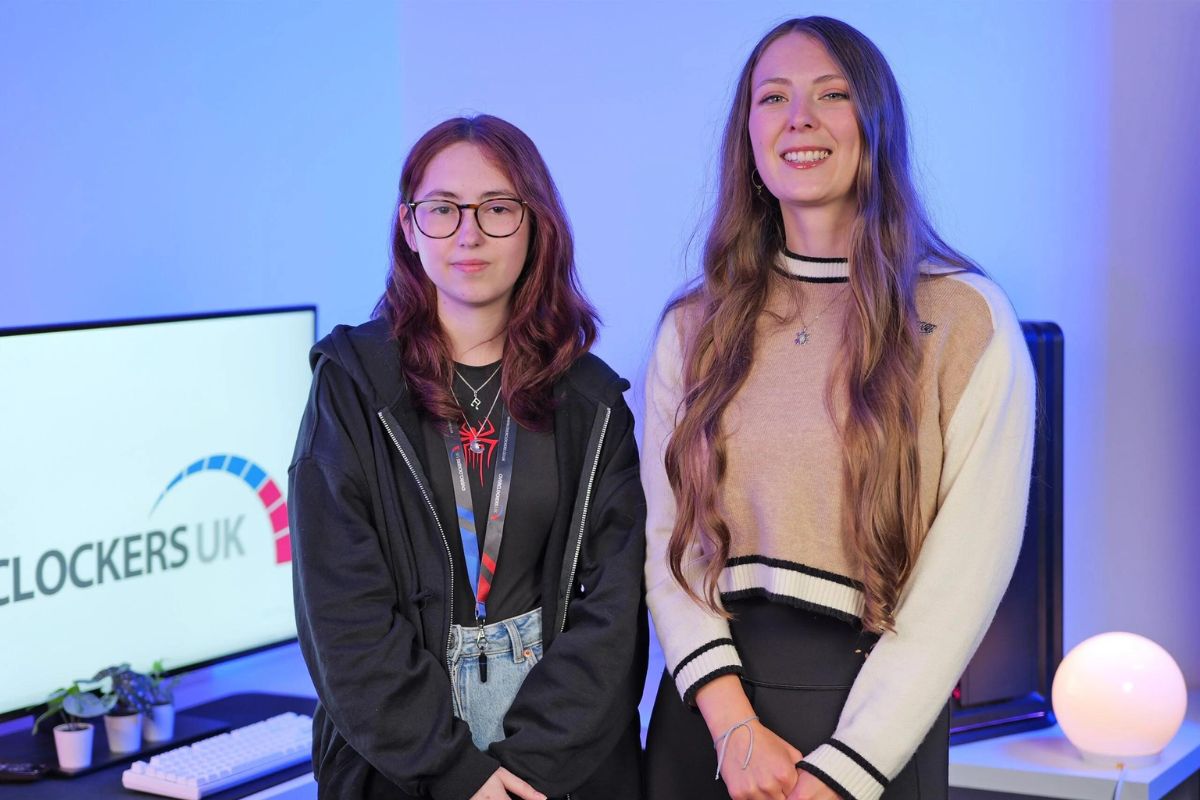How to engage students as ‘social media advocates’

Further and Higher education establishments are in a unique moment in time, as they now host a student body of predominantly Gen Z pupils.
One of the benefits of having this demographic make up most of a student body, is that now education establishments are welcoming students through the doors who are 100% digitally native. By this we imply that the individual in question has never lived without the internet.
To the Gen Z community, the world of social media and online engagement is part and parcel of everyday life. It is something that, to a large extent, is the primary form of peer-to-peer engagement. This is more than just habit; it is innate behaviour in its purest sense.
Colleges and universities are having to become more and more skilled in social media marketing, adapting their online presence for youth that is more digitally savvy than ever before. Because the idea of promoting your school to a prospective audience has grown far beyond that of a campus visit and a course prospectus.
Additionally, the way information is distributed from faculty to student is continually changing. Social media’s role is now more than just a tool for publicity, but a forum for the daily information dissemination.
To many marketeers the concept of an online ambassador, an influencer in all but name, is nothing new. But can educational establishments harness the power of the student body, to create positive social media traction…
If they can, how can it be done?
Establishing your audience… and your channels
We’re seeing even the most historic and traditional establishments taking the digital leap. Cambridge University now has 1,000,000 followers on Instagram and even a booming TikTok presence.
In Further Education, establishments such as Access Creative College have been utilising social media to tremendous effect. But they have struck upon a rather interesting tactic, in creating student ambassadors across its various UK campuses.
Having a firm understanding of your audience and the channels they use will form the foundations of everything that follows. Without this, it’s like building a house on quicksand.
Students front and centre
When targeting prospective students, it’s only logical that the most suitable people to lead the charge, your ambassadors, are other students.
We previously mentioned Access Creative College, and this is a practice they have employed across their channels for some time now. Being an education provider located across major UK cities, this approach becomes even more valuable as it allows the faculty marketing teams to embed specific individuals as ambassadors for their own campus.
Cambridge University and their aforementioned TikTok channel is another example of this practice in action. The channel is filled with regular appearances from students. Videos range from application tips and interview advice and even their entry interview fails – which does feel like a refreshing take for such a storied and traditional establishment.
Takeovers: don’t be afraid to relinquish a little control
The concept of a social media takeover can make many marketeers wary. But the key to successful social strategies is authenticity. If a faculty are looking to appoint, or create ambassadors within their social ecosystem, one way to achieve this could be to hand over the account to a core group of students for a period of time.
This would ensure that content comes from the direct point of view of the student themselves.
This is no different to how any brand or organisation might treat any influencer takeover. It’s built on mutual trust and respect.
Content creating students
Encourage students to get involved in the creation of content that best represents the establishment, as well as an authentic representation of their own experiences. This is a way of creating hyper relevant and very ‘real’ content.
This doesn’t have to be ultra-promotional per se, in fact it could be driven from a competition.
When taking this route, what is important is giving the students the time and space to create content that they will be proud of. By giving them a certain level of autonomy, you’ll create strong bonds but also increase the likelihood of further organic sharing.
On the subject of content creation and takeovers, while there aren’t any real hard and fast rules to play by here, there are certainly some considerations and methods of best practice to note.
- Play by their rules: the name of the game here is authentic third-party endorsement. Authenticity cannot be forced upon people; it needs to be nurtured and developed like any relationship. And, like any relationship you need to know if it’s just not working.
- Commonality: equally important as authenticity is relevance. When targeting an ‘influencer’ there needs to be an aspect of commonality between source and sharer.
- Content is King: the quality and frequency of content is important. Large gaps between posts affects your algorithmic performance.
Third party affiliation
To really reinforce relationships, aligning yourself with national or regional student organisations with a strong voice is a great way to actively demonstrate that you value student input.
In the long term this kind of relationship can be mutually beneficial as once the relationship has been fully bedded in, an establishment can gain the continued benefits of access to an everchanging student body, that can remain organically relevant and fresh with each passing semester.
In summary
With the direction educational establishments are taking in becoming more and more present in the social media age, it is only a matter of time before having ‘student influencers’ amongst a school’s ranks becomes part and parcel of everyday comms. So, there is a huge opportunity for establishments to become pioneering early adopters of this practice.











Responses